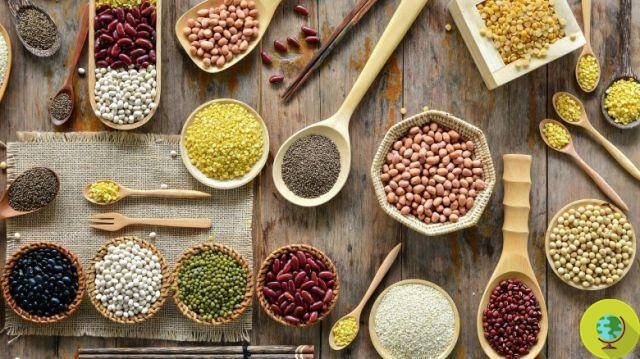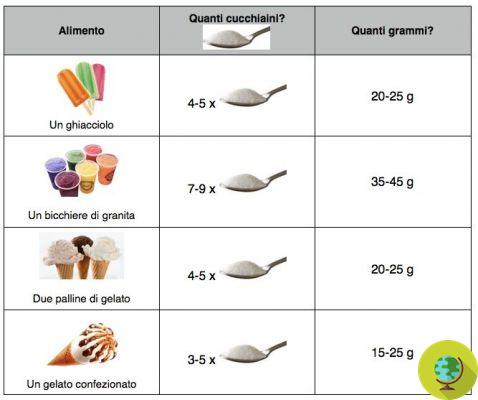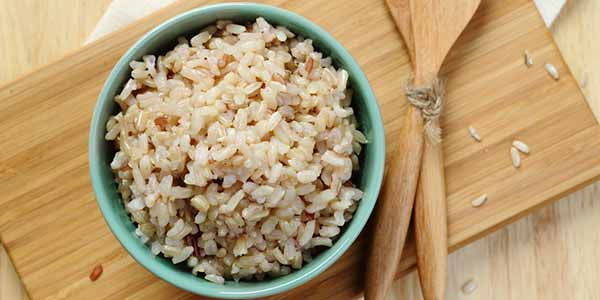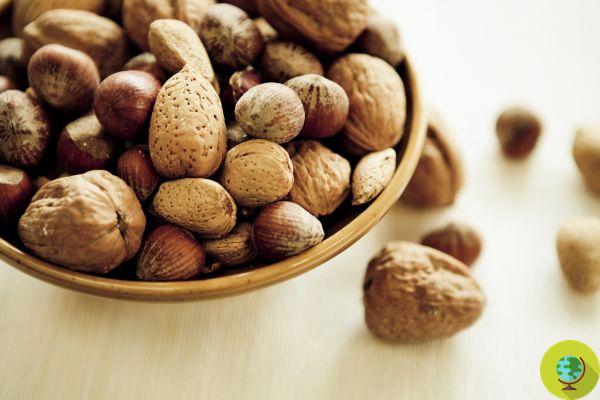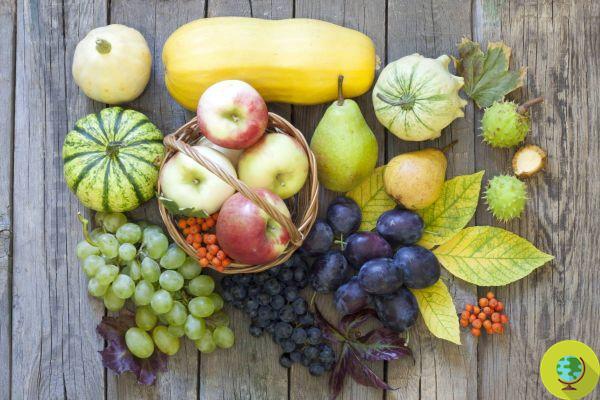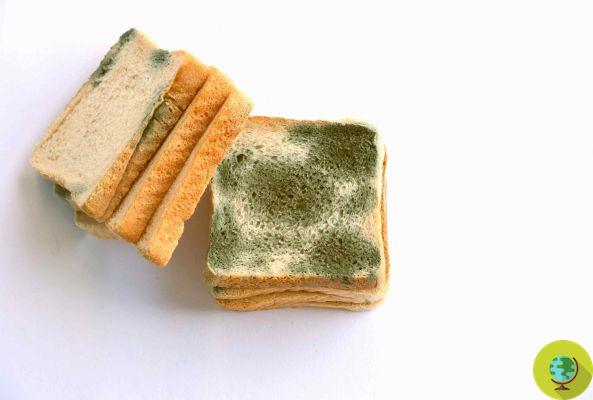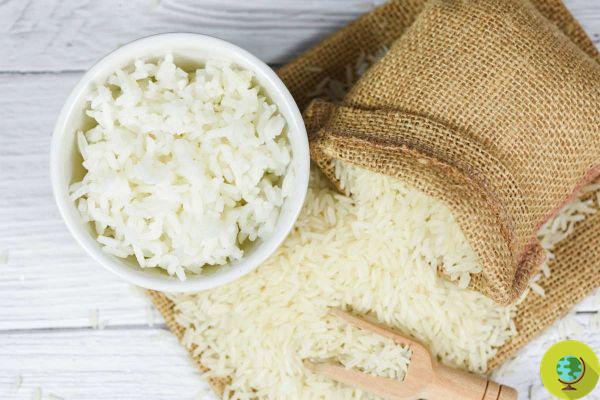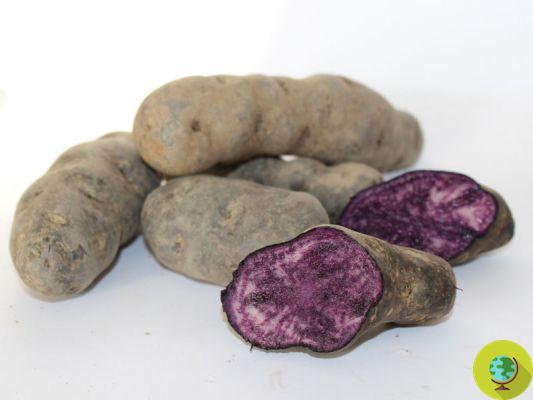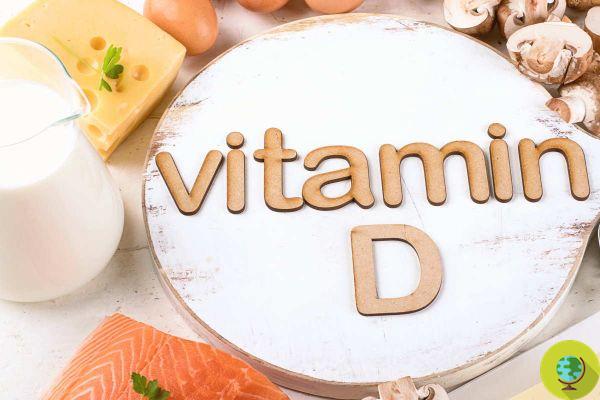
Which vegetables are sources of vitamin D? There is actually only one plant source that contains enough vitamin D and that is mushrooms
Which vegetables are sources of vitamin D? There is actually only one plant source that contains enough vitamin D and that is mushrooms
The only plant source it contains vitamin D, useful for bone health and the immune system, are i mushrooms. A vegetable, therefore, which is not a vegetable, which however contains large quantities of vitamin D2.
What is Vitamin D and How Much Do We Need?
Vitamin D is one of the many essential vitamins needed for the body to function and thrive. Commonly known as the sun vitamin, this nutrient can be produced in the skin through exposure to sunlight. But geographic location, time of day, age, seasons, and skin tone all affect the body's ability to produce the vitamin.
Involved in a number of physiological processes, this micronutrient is not only essential for the proper functioning of the body, but is a key component of overall health. The classic function of vitamin D is the maintenance of calcium levels in the blood, which play a key role in bone health. It also plays an important role in the blood pressure regulation and glucose levels, and is linked to muscle function.
When it comes to the levels of vitamin D, 30% of adults are deficient; there search suggests a baseline of 3.000 IU of vitamin D3 per day to reach the minimum limit for sufficiency.
Deficiency of this micronutrient can lead to more health problems, simply not getting adequate vitamin D every day can cause symptoms as:
- weakness of the immune system
- foggy brain
- bad mood
- poor bone health
The only plant source of vitamin D: mushrooms
Even if they are considered as vegetables or vegetables from a nutritional point of view, mushrooms are simply… mushrooms! They belong to a separate kingdom called "Fungi or Mycetae". THE mushrooms produce vitamin D2 by converting ergosterol in their membranes through a photochemical reaction, in the same way that the sun's UV rays convert cholesterol into vitamin D3.
They contain a different type of vitamin D than the one that is formed as a result of sun exposure. If hit by adequate and prolonged UV light, mushrooms produce D2, while our bodies produce D3. Vitamin D2 usually comes from plant sources and D3 from animal sources.
Another interesting thing about mushrooms is that you can expose them to more UV light, to increase the amount of D2 they contain. A search used the pulsed light emitted by a xenon lamp on mushrooms to increase their vitamin D supply. The only other plants with vitamin D are algae and phytoplankton, which actually contain D3 and not D2.
Therefore, you should eat a lot of mushrooms every day, about seven cups, to consume about 5.000 IU, which is the amount to reach the sufficiency of vitamin D; obviously, in addition to being a source of D2, mushrooms are also rich in minerals, B vitamins and antioxidants.
Follow us on Telegram | Instagram | Facebook | TikTok | Youtube
On the vitamin D could it be interesting for you:
- If you feel too tired while walking, you may have a vitamin D deficiency
- Vitamin D: all the consequences of a deficiency
- Vitamin D, let's not overdo it! The signals that the body sends us when we are taking too much of it
- Do you know what is the best time of day to take vitamin D supplements?
- Vitamin D deficiency can cause oxidative stress and increase free radicals
- Vitamin D: the unexpected side effect on your mood just discovered in a study




